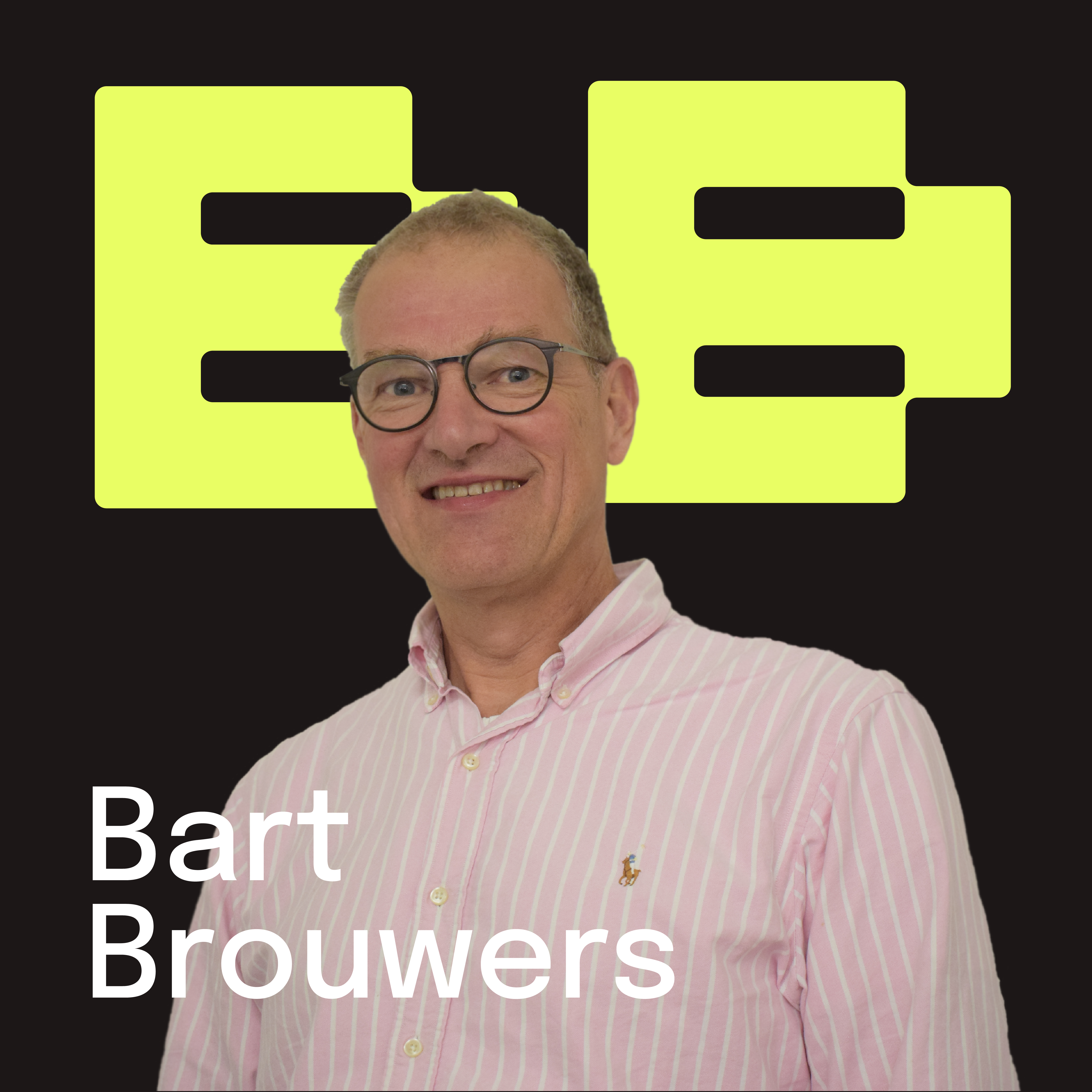A new direction for Philips Museum: educational role and living room for knowledge and inspiration
Shez Partovi opens exhibition BrAInpower at Philips Museum with support from virtual assistant AI.
Published on May 18, 2024
Bart, co-founder of Media52 and Professor of Journalism oversees IO+, events, and Laio. A journalist at heart, he keeps writing as many stories as possible.
At the opening of the AI exhibition at the Philips Museum, director Olga Coolen also announced a new direction for her institute. A strengthening of the educational role is central to this. “We also want to be a living room of the Brainport region, a center of knowledge and inspiration, not only for the history of technology but also for its future.” Coolen said the brAInpower exhibition is the beginning of that. “That is why we have also sought cooperation with regional partners. A special collaboration we have with TU Eindhoven because AI students developed the interactives for this exhibition.”
On Wednesday, May 15, the founding date of Philips, Shez Partovi, Chief Innovation & Strategy Officer and Chief Business Leader of Enterprise Informatics at Philips, opened the exhibit at the Philips Museum. In his welcome speech, Partovi emphasized that AI is already deeply rooted in our daily lives. “AI is helping relieve the pressure on healthcare. We have a tremendous opportunity to improve healthcare with AI.”
Representatives from healthcare, education, and business were present to attend the opening ceremony. To demonstrate the possibilities of AI, Partovi spoke part of his speech fluently in Dutch, a language he does not speak, and created a work of art with the audience. “As a young doctor, I would have loved to have this virtual assistant next to me. If I had had to make decisions under all the time pressure and responsibility, I would have asked my assistant for help making the right decision.”

Past and future of AI
Philips has a strong history with artificial intelligence, Coolen said in her speech. “As early as around 1960, Philips researchers at the Natlab experimented with computers. They build the Peter and the Pascal, the Philips Experimental Bilingual Electronic Calculator, and the Philips Acutely Fast Calculator - real names! - equipped with 1,200 electron tubes, 10,000 transistors, and 15,000 diodes. The computer can make calculations to 34 decimal places.” A part of the Pascal is on display in the exhibit.
According to Coolen, many people still know little about AI. “Partly because of this, they sometimes even feel a certain fear. This is precisely why this exhibition is so important. It is our chance to lower the threshold, introduce people to AI, unravel the mysteries, and embrace the possibilities.”
AI is a technology that sparks our imagination and transforms our society, she continued. “For Philips, a company that has been at the forefront of technological innovation throughout its long history, this exhibition is, therefore, a celebration of our past, contributions, and future.”

